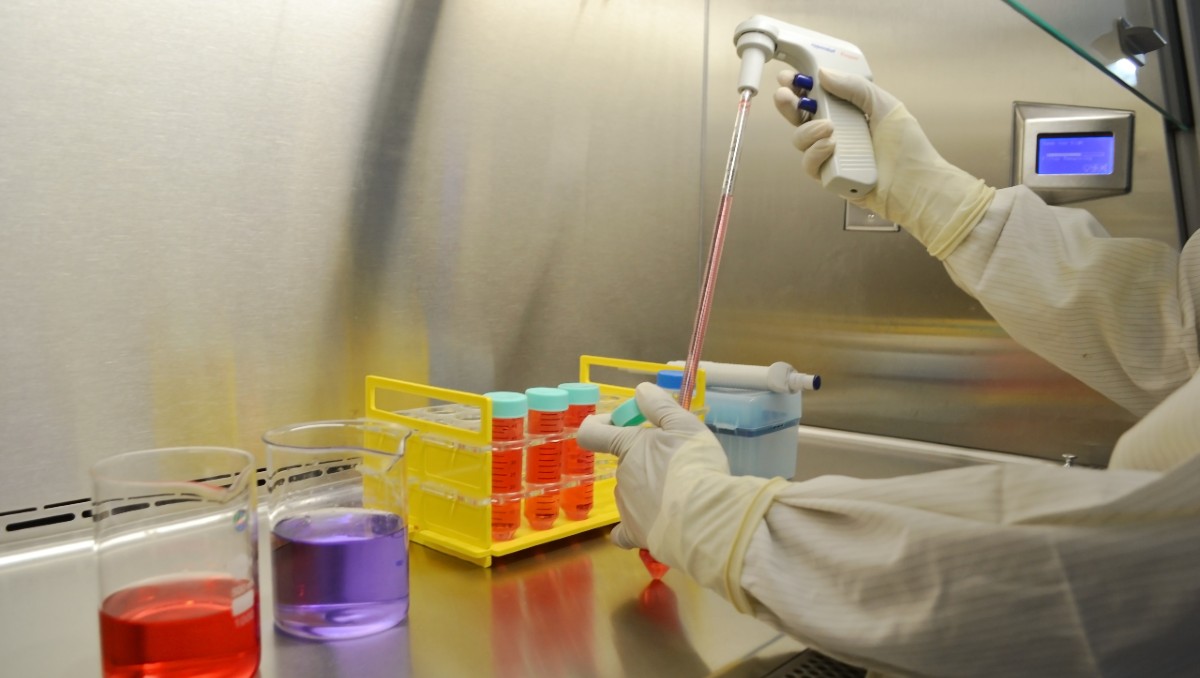
Another team of researchers calls for the 14-day limit on embryo experimentation to be scrapped
Scientists and bioethicists have been chafing at the bit for years
An international team of bioethicists and scientists has advised scrapping the 14-day limit that restricts how long researchers can study human embryos in a dish. Going beyond this policy limit could lead to potential health and fertility benefits, they contend in an article in Science.
This is not a novel suggestion. Scientists and bioethicists have been chafing at the bit for years to extend this widely-accepted limit. This time around, Insoo Hyun, of Case Western Reserve University, and colleagues urge policymakers and the International Society for Stem Cell Research (ISSCR) to consider “a cautious, stepwise approach” to scientific exploration beyond the 14-day limit.
ISSCR is expected to soon release updated guidelines for stem cell and embryo research.
Among the potential benefits of studying human embryos beyond the 14-day limit, they claim, are better understanding of how early development disorders originate and developing therapies for infertility and miscarriages.
Since the first successful birth from in vitro fertilization in the late 1970s, human embryo research has been subject to limits of time and developmental benchmarks. The general rationale for imposing those limits was that, although considered acceptable to benefit human health and improve reproduction, in vitro research should conclude 14 days after fertilization — about when implantation in the womb is normally completed.
National guidelines, laws and international norms have prohibited scientists from culturing human embryos for research after 14 days. When this limit was put in place, there were no methods to culture embryos in a dish for anywhere close to two weeks. But research since 2016 shows that it is likely possible to culture human research embryos past the two-week limit.
The contribution of the proposal by Hyun and colleagues is six principles that can be used to weigh whether research on human embryos can move beyond the 14-day limit, in incremental, measured steps. They note that their principles apply not only for extending the 14-day limit, but also for other complex research.
“Realistically,” they conclude, “an incremental approach seems to be our only path forward, both from a scientific and a policy standpoint.”
The “14-day rule” was invention of the UK’s 1984 Warnock Report and it was incorporated into the UK’s legislation in 1990. It limits research on intact human embryos to this period. Why 14 days? The late Dame Mary Warnock freely admitted that it was arbitrary. But a clear limit was needed to regulate IVF and “everyone can count up to 14, and everyone can keep and examine records.”
“The number 14 was not arbitrary in the sense that we drew it out of a hat,” she argued. “But it was arbitrary in the sense that it might have been a different number, though not very greatly different. At any rate, a workable law demanded a degree of invariability.”
Some bioethicists ask whether this is a wise move. David Albert Jones, of the Anscombe Bioethics Centre, in the UK, wrote in 2016: “In the future this may even be seen as the first step towards culturing babies outside the womb, where the child is not only conceived outside the protection of his or her mother's body but no such human connection is envisaged at any stage. Human life and human pregnancy should not be separated in this way.”
Michael Cook is editor of BioEdge
Creative commons
https://www.bioedge.org/images/2008images/embryo_34343.jpg
- How long can you put off seeing the doctor because of lockdowns? - December 3, 2021
- House of Lords debates assisted suicide—again - October 28, 2021
- Spanish government tries to restrict conscientious objection - October 28, 2021
